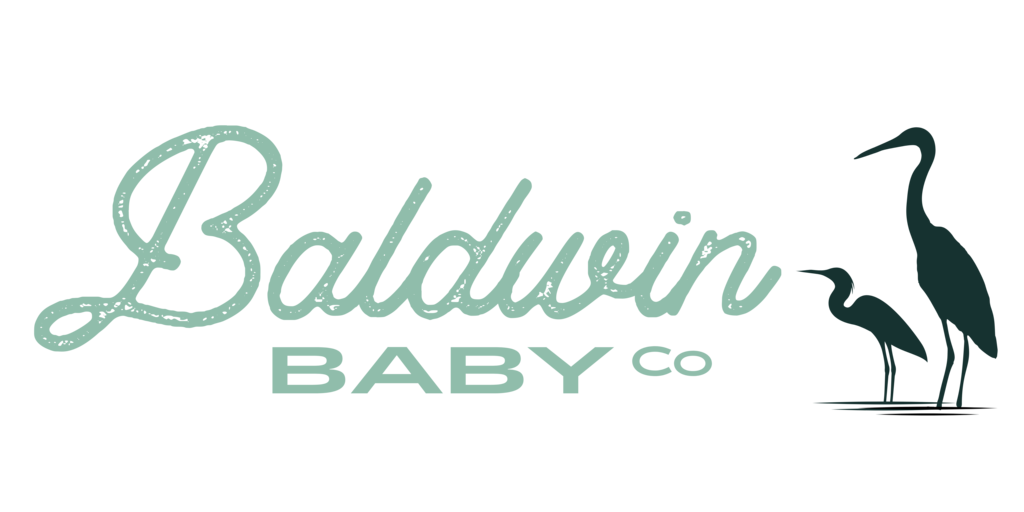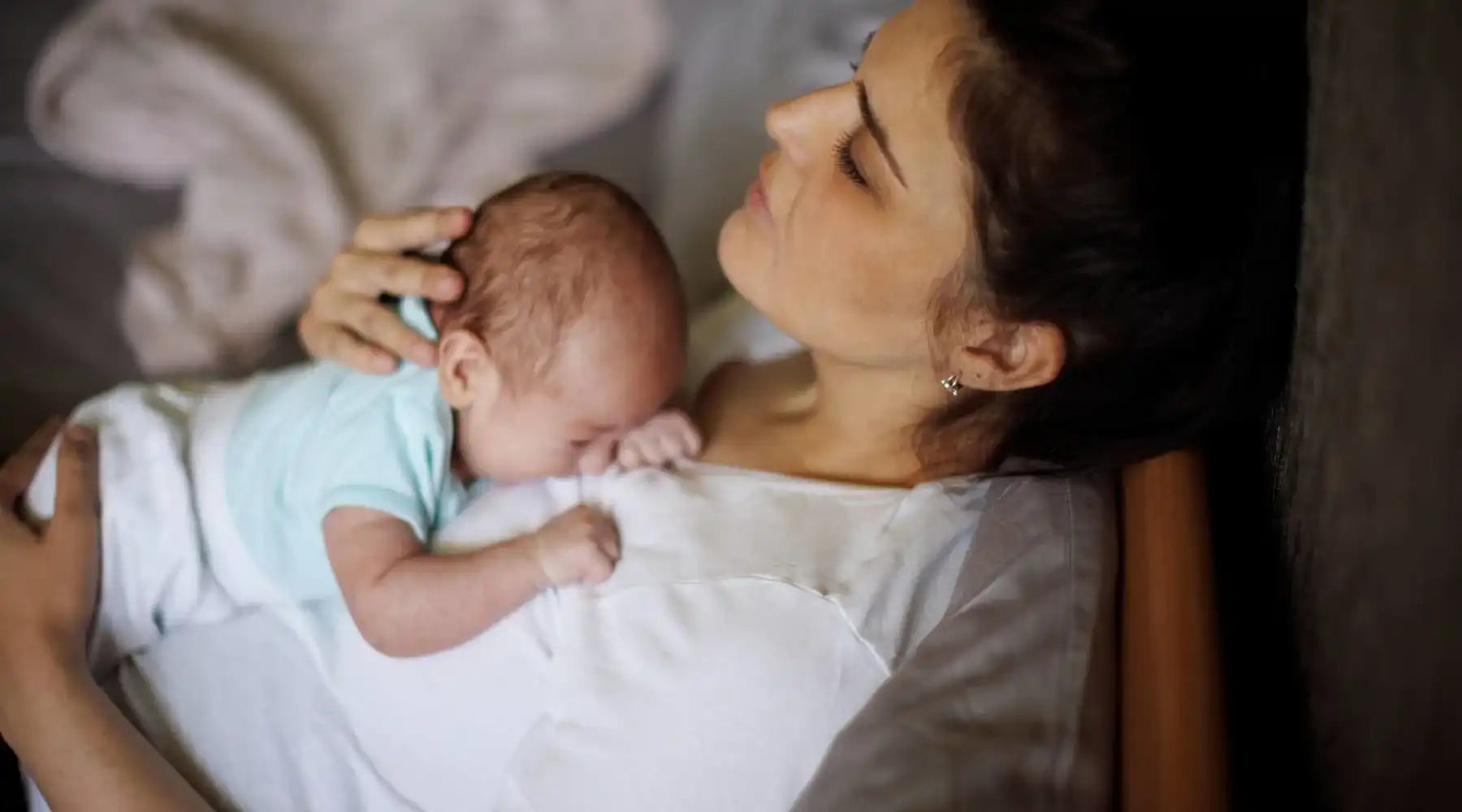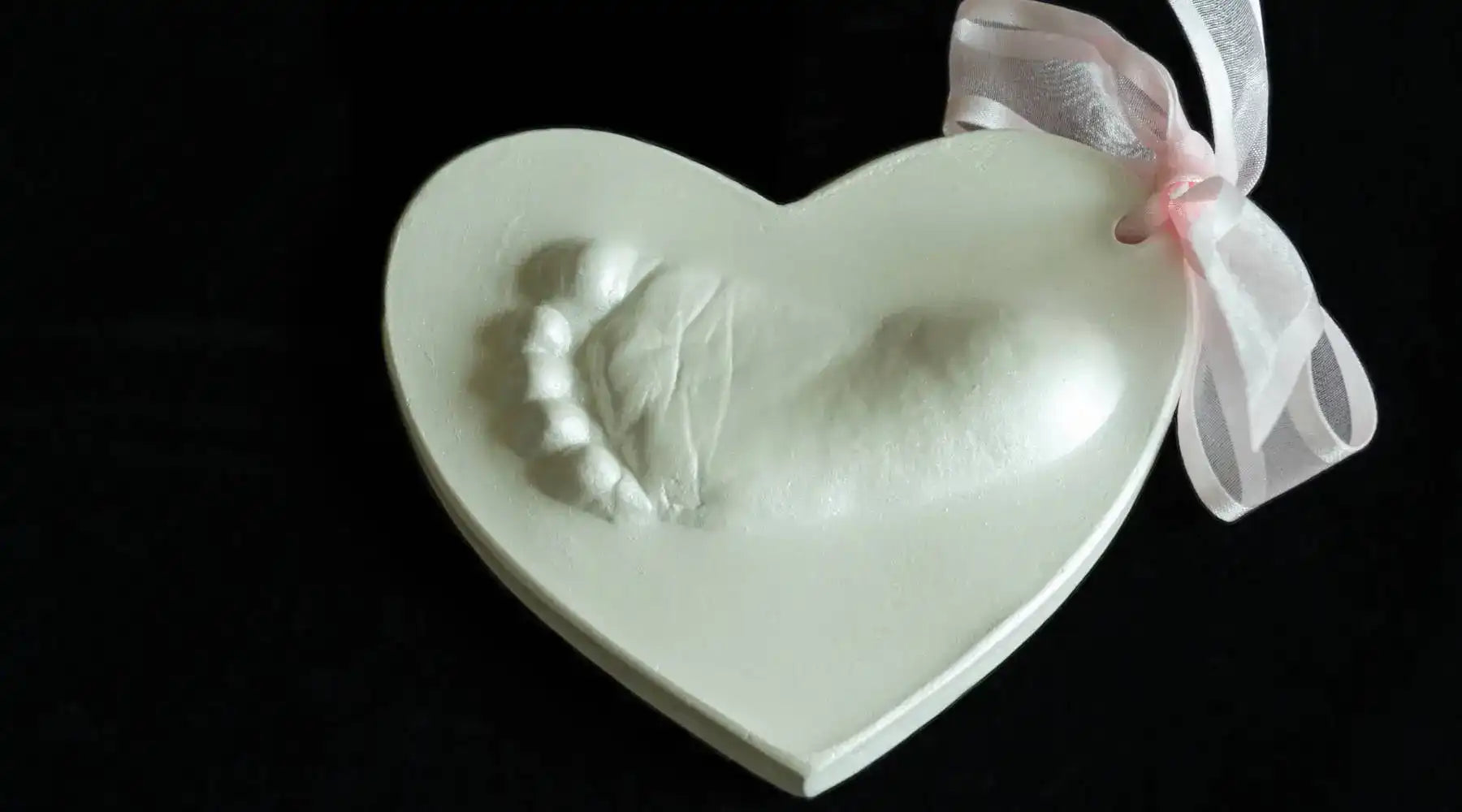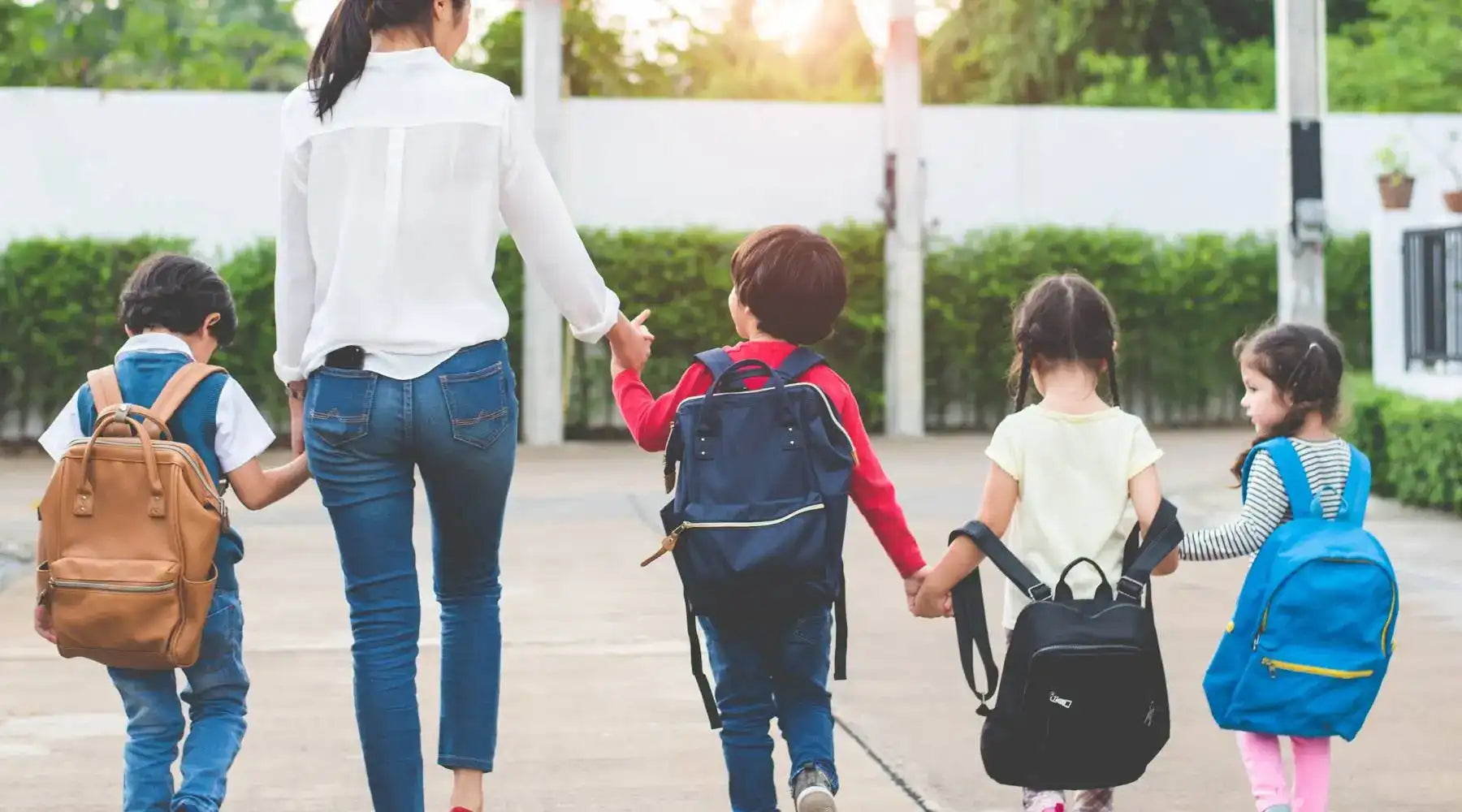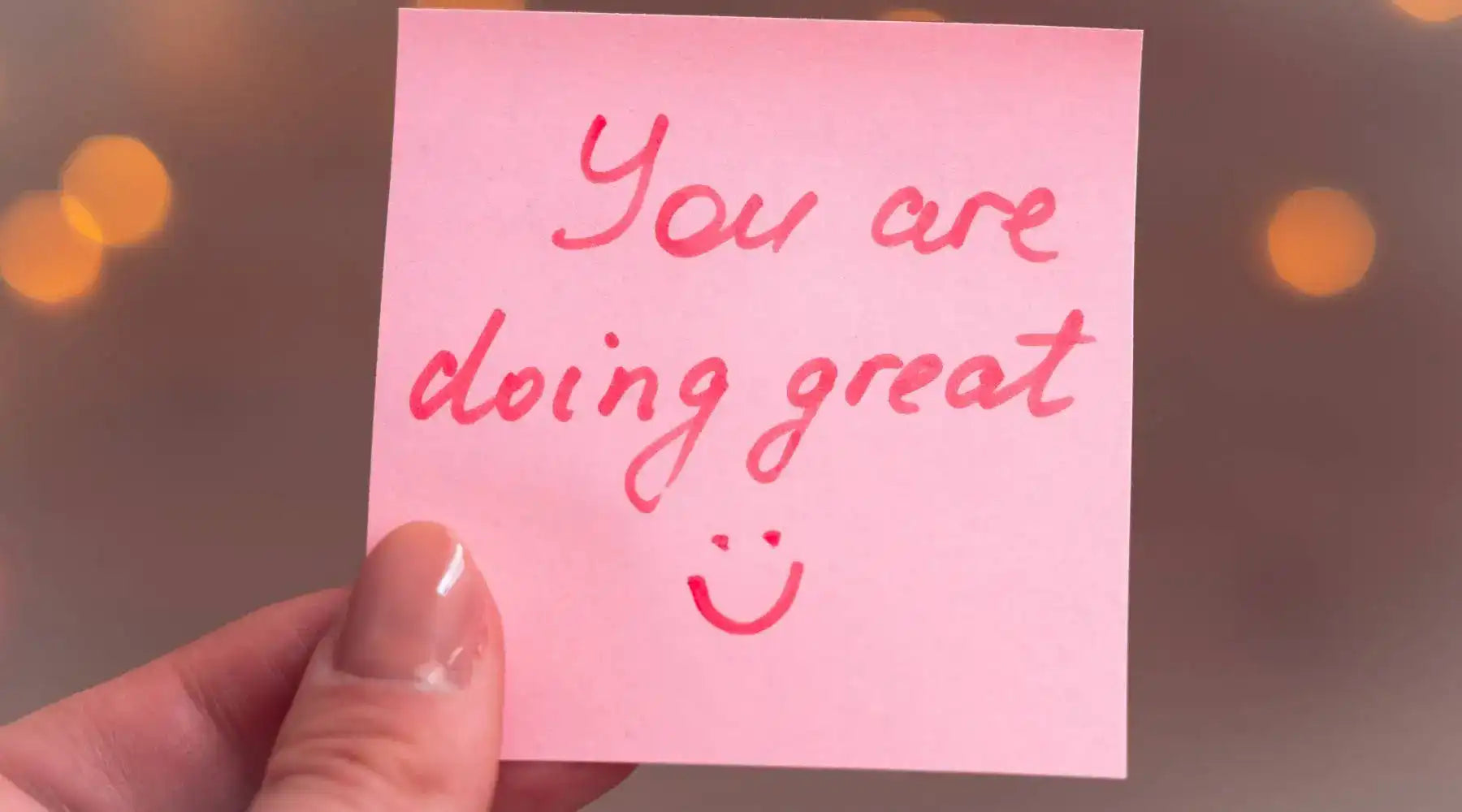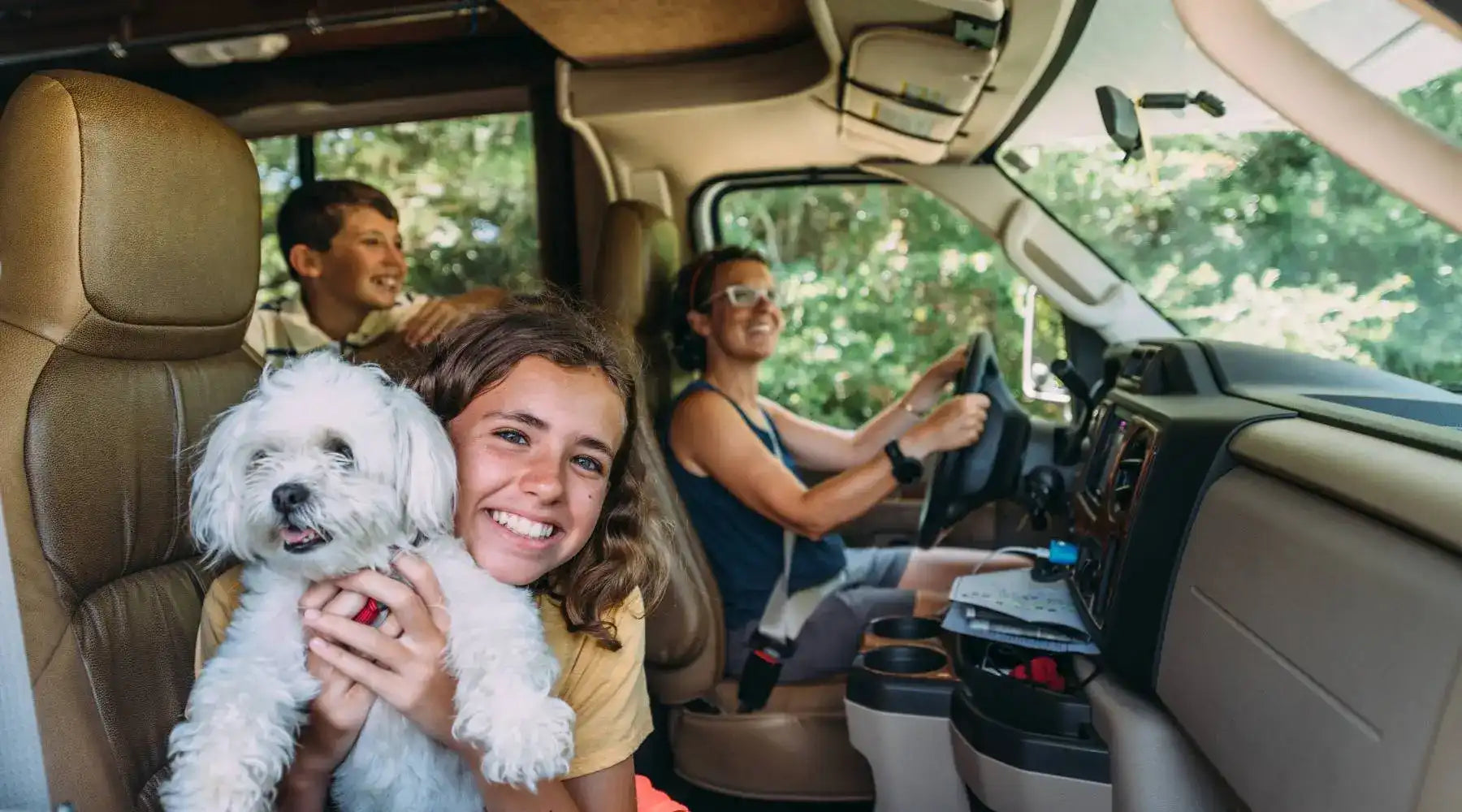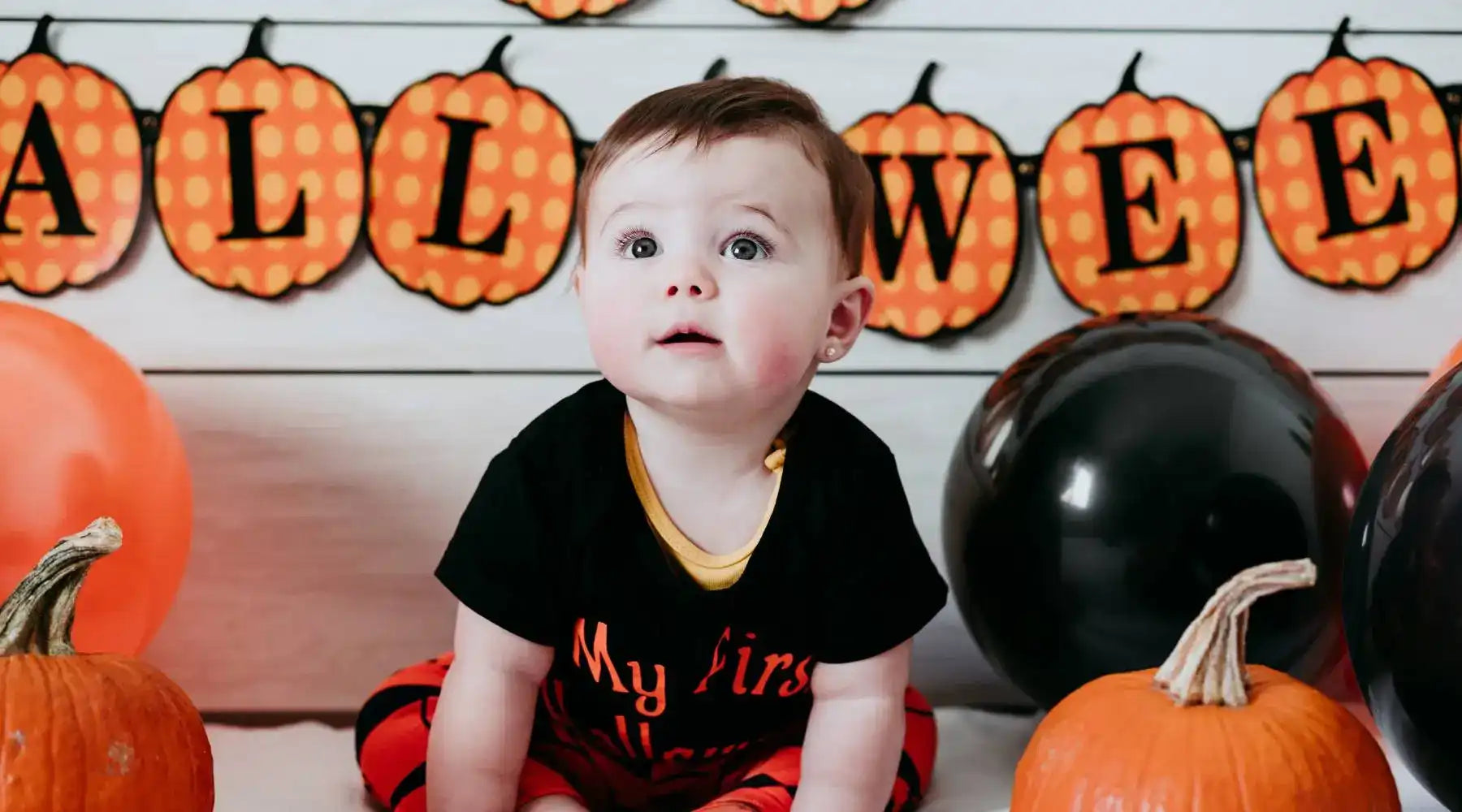
Baby’s First Halloween: Creative Costume Ideas & Safety Tips
Key Points
- Celebrating baby’s first Halloween creates lasting memories and builds family traditions, while sparking creativity through imaginative play.
- DIY coastal-inspired costumes like mini sailors and mermaids add a unique twist, blending beachy charm with festive fun.
- Classic costumes such as animals, storybook characters, and superheroes remain timeless, offering cute, comfortable, and recognizable options.
- As children grow, group or sibling themes and DIY crafty costumes encourage creativity and family involvement, making Halloween more interactive.
- Prioritizing safety with proper fit, reflective elements, non-toxic materials, and adult supervision ensures a fun and secure Halloween for little ones.
Halloween is a magical time that sparks creativity and excitement—especially when it comes to your little one’s very first celebration. Whether you're preparing for baby’s first Halloween or planning early childhood festivities, this comprehensive guide offers creative costume ideas ranging from DIY coastal-inspired outfits to classic, playful themes. Plus, we’ve included essential safety tips to ensure a fun and secure night for your tots.
Why Celebrate Halloween Early?
Celebrating Halloween early in your child’s life creates lasting memories and ignites imaginative play. It’s a special tradition that:
-
Creates Lasting Memories: Capture adorable moments as your baby or toddler experiences the festive spirit.
-
Fosters Creativity: From DIY costumes to themed accessories, these ideas encourage creative expression.
-
Builds Family Traditions: Start a festive tradition that grows with your child and inspires future celebrations.
Costume Ideas for Baby’s First Halloween and Early Childhood
DIY Coastal-Inspired Costumes
Bring the breezy vibe of the beach into your baby’s first Halloween with coastal-themed costumes. These ideas merge sun, sand, and sea into adorable outfits.

Mini Sailor Costume
-
Costume Elements: A classic navy and white outfit complete with a tiny sailor hat and striped onesie.
-
DIY Tips: Use fabric paint or appliqués to add anchors or ship motifs, and accessorize with a soft, lightweight sailor collar that's gentle on delicate skin.
Little Mermaid Costume
-
Costume Elements: A whimsical mermaid costume with a shimmering tail and matching top.
-
DIY Tips: Use iridescent fabric with subtle sequin details, and opt for a detachable fin using Velcro for easy adjustments and comfort.
Classic and Creative Costume Inspirations
For a broader range of ideas beyond coastal themes, consider these timeless inspirations that suit babies and toddlers alike.

Adorable Animal Costumes
-
Costume Ideas: Think tiny lions, bunnies, or bears—costumes that are both cute and comfortable.
-
DIY Enhancements: Use soft materials and consider adding a hood with ears. Personalize with fabric paints for whiskers or playful accents.
Storybook Character Costumes
-
Costume Ideas: Bring favorite characters like Peter Rabbit or Winnie-the-Pooh to life.
-
DIY Enhancements: Focus on signature accessories (e.g., a mini hat or plush prop) and recognizable details that captivate both kids and adults.
Superheroes and Fairytale Figure Costumes
-
Costume Ideas: From mini capes to princess dresses, these costumes spark imaginative play.
-
DIY Enhancements: Utilize lightweight, non-restrictive fabrics with easy-to-recognize symbols for a fuss-free, fun outfit.
Expanding for Early Childhood
As your child grows, their costume options can evolve. Here are additional ideas for toddlers and preschoolers:
DIY Crafty Costumes
-
Concept: Involve your child in creating their own costume—hand-painted t-shirts, personalized capes, or theme-based outfits.
-
Tips: Use safe, washable paints and choose costumes that allow for easy movement and play.
Group or Sibling Themes
-
Concept: Coordinate costumes with siblings or friends—for example, a group of animals or a team of superheroes.
-
Tips: Plan ahead to ensure comfort and a cohesive look by using matching color schemes or shared accessories.
Expanded Safety Tips for a Fun Halloween
Safety is paramount when celebrating Halloween with little ones. Here are comprehensive safety tips to ensure your child’s costume is fun and secure:
Costume Safety and Comfort
-
Proper Fit: Ensure that the costume fits well—not too tight to restrict movement or breathing, and not so loose that it poses a tripping hazard. Look for designs with adjustable straps or Velcro closures.
-
Non-Toxic Materials: Confirm that all fabrics, paints, and adhesives used in DIY projects are non-toxic and hypoallergenic, especially important for babies with sensitive skin.
-
Easy Removal: Choose costumes that are simple to put on and remove so that if your child gets too warm or uncomfortable, you can quickly change them.
-
Avoid Small Parts: Remove or securely fasten any accessories that could detach, as these may pose choking hazards.
Visibility and Navigation
-
Reflective Elements:
Enhance visibility during evening festivities by adding reflective tape or glow-in-the-dark stickers to the costume. -
Lighting Aids:
Use small, battery-operated LED lights or clip-on flashlights to help your child navigate in dim areas.
Trick-or-Treating and Party Safety
-
Adult Supervision: Always accompany your child while trick-or-treating. Plan a safe route in advance, sticking to well-lit and familiar areas.
-
Check Treats: Inspect all collected treats before allowing your child to enjoy them. Discard any treats that are unwrapped or appear tampered with.
-
Comfortable Footwear: Ensure your child is wearing sturdy, comfortable shoes that help them navigate uneven surfaces safely.
-
Set a Curfew: Establish a reasonable time for trick-or-treating to end, ensuring your child isn’t out too late and remains well-rested.
Outdoor and Event Safety
-
Clear Surroundings: If you’re hosting a party at home, clear the area of any tripping hazards, secure loose decorations, and ensure pathways are well-lit.
-
Appropriate Weather Gear: Dress your child in costumes that can be layered. If the evening gets chilly, have extra layers on hand that don’t restrict movement.
-
Hydration and Breaks: Keep water available and plan for short breaks during long events or trick-or-treating sessions.
General Health and Hygiene
-
Hand Sanitizer: Carry a small bottle of hand sanitizer for use between locations during trick-or-treating.
-
Food Allergy Awareness: Be mindful of any food allergies your child may have. If hosting a party, clearly label treats and offer alternatives as needed.
-
Monitor Behavior: Watch for signs of discomfort, fatigue, or distress, and be ready to cut the night short or take a break if needed.
Engage with Your Community
Halloween is not just a holiday—it’s a celebration of creativity and community. We’d love to hear about your costume projects, safety tips, and Halloween experiences in the comments below. Tag us on social media using #BabysFirstHalloween and share your favorite DIY projects and ideas to inspire other families!
Whether it’s your baby’s first Halloween or a creative celebration for early childhood, this guide offers a wealth of costume ideas—from coastal DIY projects to classic, timeless themes—and comprehensive safety tips to ensure a memorable, secure event. Embrace creativity, prioritize safety, and let your child’s festive spirit shine through this Halloween.
Ready to start planning your child’s perfect Halloween look? Subscribe to our newsletter for more creative costume ideas, DIY projects, and safety tips, and join our vibrant community of festive families!
